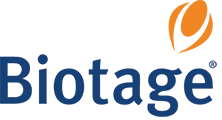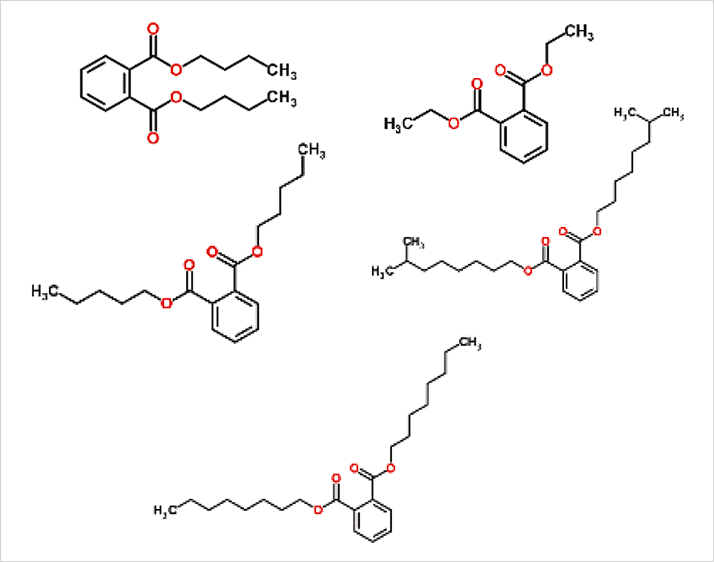Summary
This application note describes a novel sample cleanup strategy to address the complex matrix effects associated with commercial milk product variables while maintaining adequate analyte recovery and repeatability
 Application Note AN798
Application Note AN798Introduction
The migration of plastizers such as phthalic acid esters(phthalates) from the surface of food packaging materials to processed food materials and subsequent fate in man has long been an issue of public health. Continued interest in the biomonitoring of these compounds has inspired a number of method development strategies, however, classic methods are labor intensive and require multi-step time consuming efforts. For this reason, a novel method has been developed. The method development path for the determination of phthalates in commercial milk products was demonstrated using a 3 stage sample preparation workflow prior to gradient LC-(+)APCI-MS/MS. A set of milk samples fortified with 5 phthalates was diluted with isopropanol (IPA) and processed using an automated bead mixer to disrupt nonselective binding. The samples were then centrifuged and loaded onto a supported liquid extraction single use cartridge. This method was applied to commercial milk product variables to study the effect of fat content on relative recovery. ISOLUTE® SLE+ Supported Liquid Extraction plates and columns offer an efficient alternative to traditional liquid-liquid extraction (LLE) for bioanalytical sample preparation, providing high analyte recoveries, no emulsion formation, and significantly reduced sample preparation time.
 Figure 1. Structures of the selected phthalate analytes
Figure 1. Structures of the selected phthalate analytesAnalyte
Diethyl phthalate, dibutyl phthalate, dipentyl phthalate, dioctyl phthalate, di-iso-nonyl phthalate
Sample Preparation Workflow: Mix, Centrifuge and Extract
Format: ISOLUTE SLE+ 1 mL Sample Volume Columns (Tabless), part number 820-0140-CG Bead Mix: Samples were prepared by adding 1 mL of milk and 2 mL of IPA to a 7 mL vial containing 8 ceramic beads. The samples were then loaded onto the BeadRuptor 24 (OMNI International, Atlanta, GA). Samples were spun at 6 M/s for 25 seconds. The cycle repeated for a total of 2 cycles (0.05 dwell pause between cycles). Centrifuge: The mixed samples were transferred (3 x 1 mL) to clean / dry centrifuge tubes using 1 mL Eppendorf pipette tips (leaving the beads). The samples were centrifuged for 3 min at 2900 rpm to exaggerate the density gradient, and crash proteins and syrup components (when applicable). Extract: The crashed samples were further processed by loading 1 mL of the supernatant on an ISOLUTE SLE+column. The mixture was allowed to equilibrate on the column for 5 min. Analytes were eluted using a two-step elution strategy: hexane (3 mL), followed by dichloromethane (CH2Cl2) (3 mL). Evaporation: The combined extracts were then evaporated using a TurboVap LV. Extracts were kept under N2 for an additional 5 min after tubes appeared empty. Post Extraction: The samples were then reconstituted with acetonitrile (1 mL).





